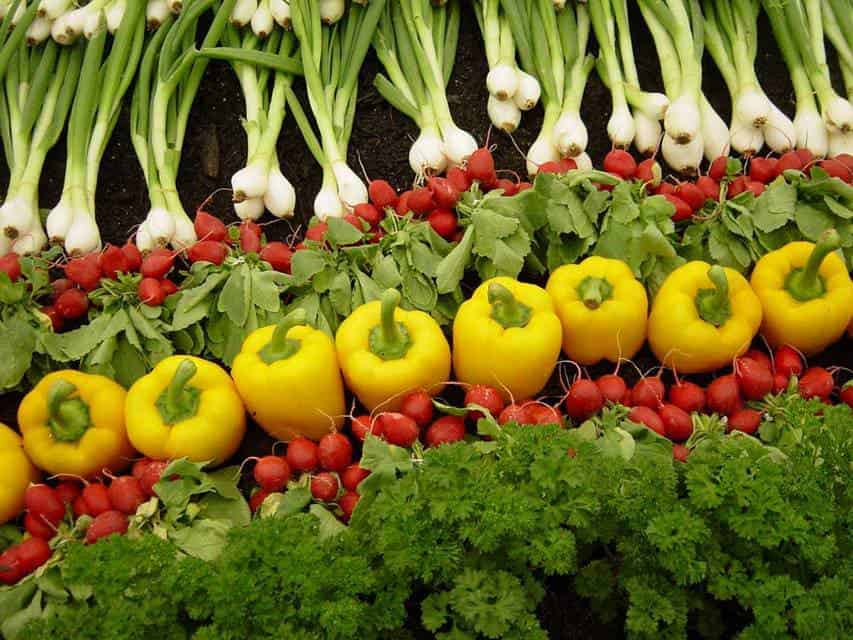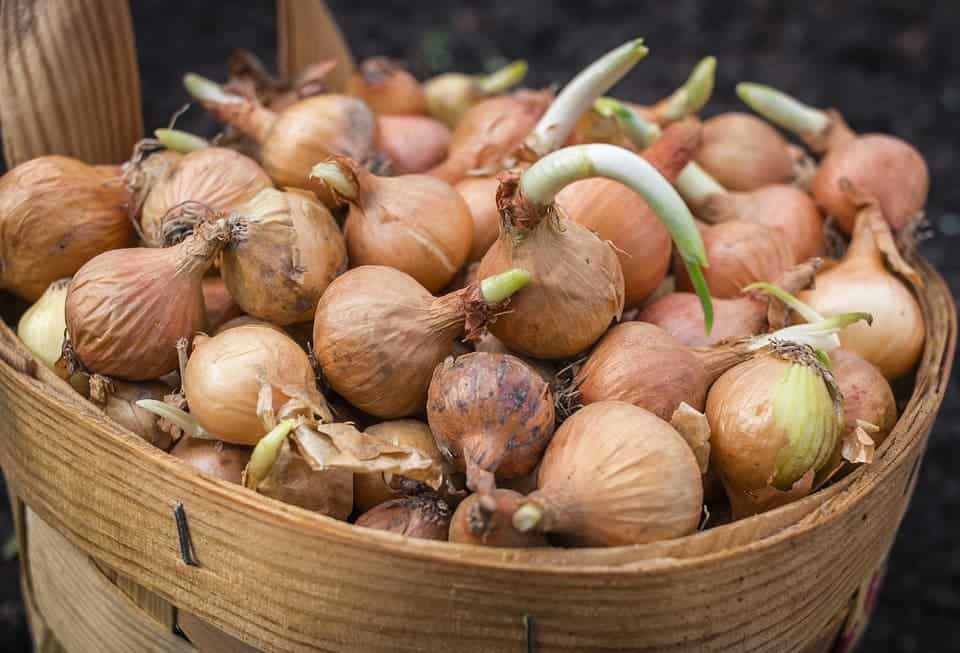Hardly a day goes by when food is not in the news. We are at once encouraged to eat healthily, locally, and reduce food waste. Meanwhile, stories about the various groups of people going hungry are also on the rise – there are reports about malnourished elderly people, children’s holiday hunger, and rising food insecurity. Increases in these rates have been linked to government policies such as welfare reform and commercial protections that give rise to zero-hours contracts. But in my view the problem is deeper than this – it is embedded in the way we talk about food. The language we use is confusing – it creates feelings of guilt and enhances social divisions.

Most people in economically developed countries purchase at least some of their food from a supermarket. This food is part of a system where food is sold to make a profit, usually for a large corporation. We tend to think of this commercially sourced food as ordinary food, or just food. Food acquired through other means – for example, from local allotments, supermarket surpluses, digital food sharing apps, community refrigerators, community food programmes, or gleaning – is considered alternative food.
What bothers me is that by thinking of food in this way we imply value judgements depending upon who the eaters of this “alternative” food are most likely to be. Those who are into food sharing are “green lefties”, whereas those who get food from local pantries or community kitchens are “vulnerable” or “in poverty”. Finding a new language through which to talk about food could therefore enable a more healthy, pleasurable and sustainable relationship with the food that is available to all of us, whoever we are.
Surplus food
Take surplus food, which is a prime example of an alternative food that carries value judgements with it. Surplus food is food that was intended for supermarkets, but for a variety of reasons is no longer able to be exchanged commercially.
One recent scandal at a chicken production plant in the West Midlands provides a good example. The Two Sisters plant was closed for poor hygiene and mislabelling practices, not because the food, prior to reaching the plant, was inherently bad.
Thousands of chickens were wasted when the plant briefly closed because the chicken meat continued to move through the early stages of the food chain (growing in farms, killed in slaughterhouses), but could not be moved on to the plant where it is packaged, labelled and then distributed to supermarkets. If the producer had been able to move the chickens quickly to a charity or discounter who could collect, package, and distribute the meat, it would not have been wasted, but none could be found in time.
Other examples that give rise to surplus include packaging malfunctions, over-supply due to favourable growing conditions, unexpected changes in demand such as when a competitor offers a particularly good deal on an item, or when food is oddly shaped (“wonky”) and therefore deemed unsaleable by supermarkets.

If such food is rescued from the vicissitudes of the commercial system, it is sometimes sold to discount retailers. These retailers sell the surplus for a lower price than the standard price, and are one of the largest growing sectors in the UK. Sometimes the food becomes animal feed, is composted, or turned into biofuel.
Increasingly, this surplus food is donated to organisations such as FareShare, Community Shop, City Harvest, Food Cycle, Real Junk Food Projects, and others in the UK but also in other countries. Donated surplus is distributed to eaters through cafes, community pantries, social eating, cooking lessons and the like, or indirectly through charities and third sector organisations who then feed people in many ways – often not as emergency food providers (foodbanks).
Shared, social, sustainable food
The links that surplus food has with waste and commercial loss cause us to see surplus food as inferior food, despite its edibility. For example, some attempt to shame governments into changing social policy by calling it “leftover food for leftover people”. While I agree that austerity and welfare policies are causing great harm to families and communities, I also know that donated surplus food is a resource that supports the resilience of organisations aiming to help struggling communities and households.
The effect of framing surplus food as second class dismisses the positive social, cultural, environmental and economic values of this food, complicates how organisations aiming to help communities can do so while still preserving dignity, and for eaters, comes to signify a failure to engage with the commercial supply chain. All while giving the commercial sector a pass.
Access to free or low cost surplus food is a means for expanding tight organisational and household budgets, enabling community interactions, and enhancing personal and household well-being through social cooking and eating activities. It also brings people together. So what if we referred to surplus food as shared or social food? This language would reflect the social role this food plays and we would associate it more closely with the care of self, family, community and planet that this food enables.


